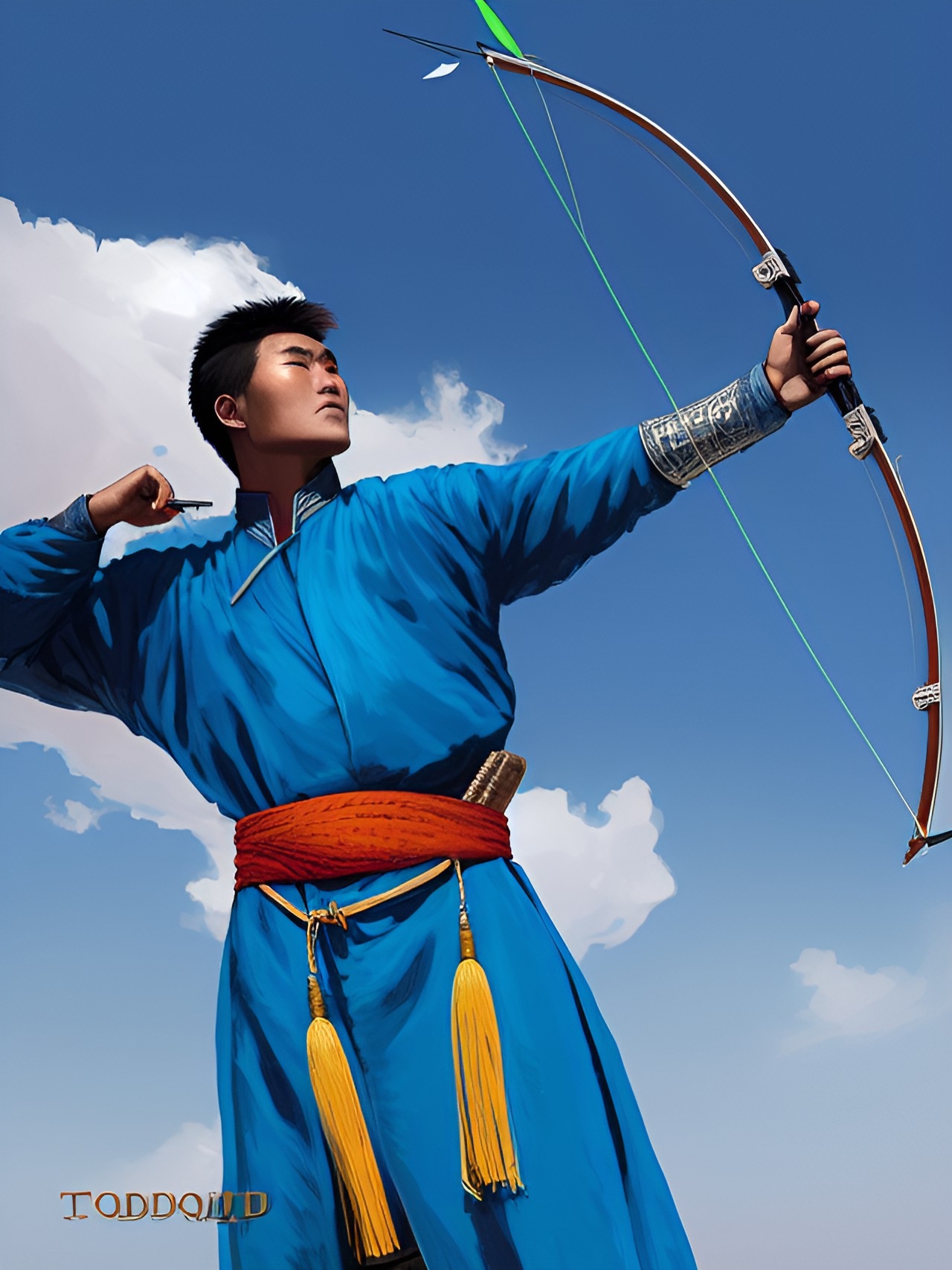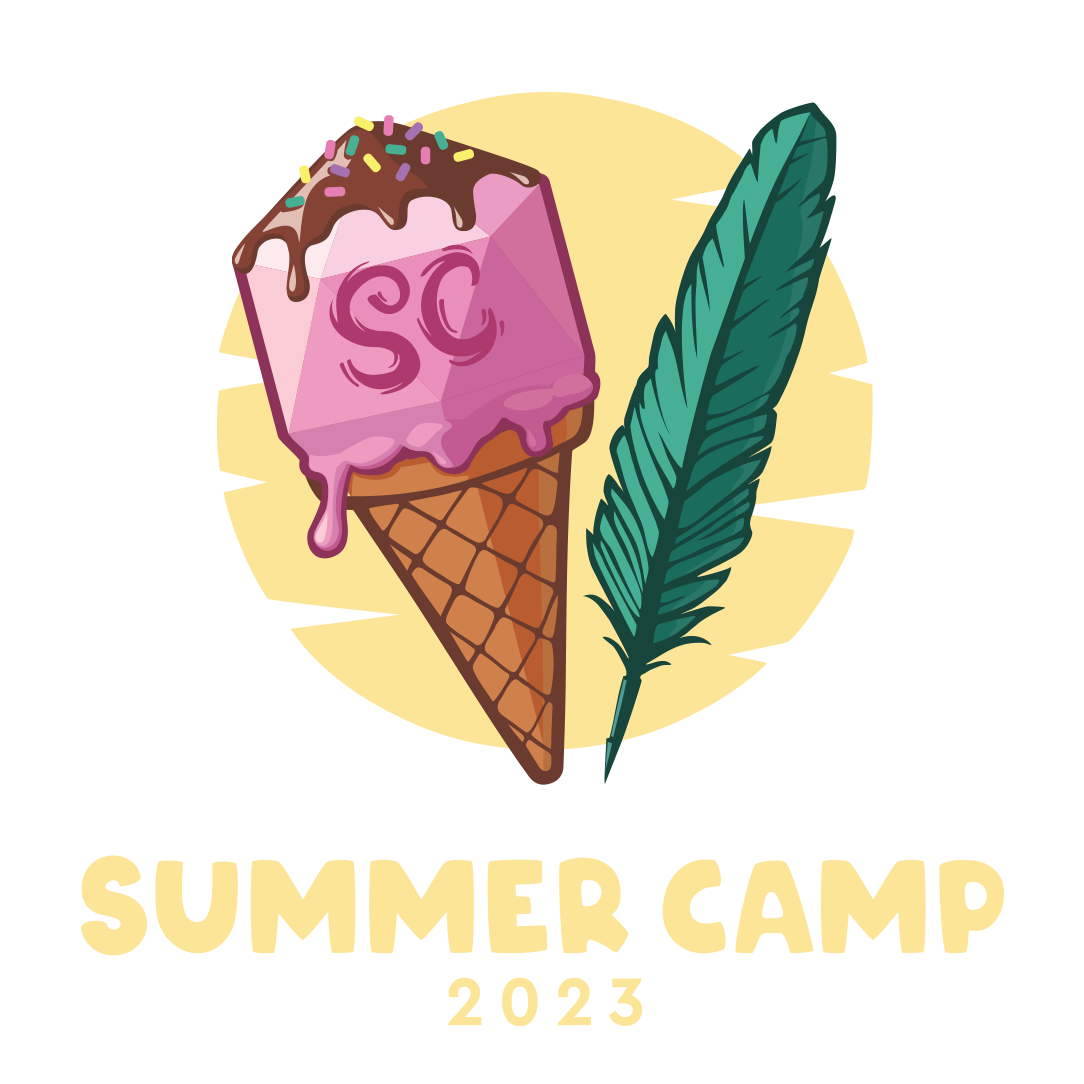The Khalkh Monggol are a nomadic people who subsist off of their large herds of cattle, freely wandering the open Tundra Steppes - Menggu. They go where their cattle go. They are a people drenched in ancient traditions and a simple but fulfilling lifestyle. This has made them a particular favorite of Elbixur, one of Ylithuum's aspects. Despite having no centralized power and living in small clans, these are a unified people with immense generosity and hospitality to any traveller. Menggu is very loosely populated, in fact these clans are dramatically outnumbered by their animals. Yet few miss their yearly festivities, Khalak Monggols travelling from across the tundra steppes to participate in Naadam.
These are a highly mobile people, living within cozy yurts they call ger and tending to their massive herds. Their lives are entrenched in longstanding traditions and spiritual beliefs. Given their frigid environment and dependance on their animals, their food is rich in fats and protein. Meat and dairy are their staples. They also have many taboos, many of these revolving around practices within their ger or social interactions. Their music is also quite distinct, tonal singing and horse head fiddles iconic. As for their Racial Magic, they are primarily blessed by Iska or Rylis though Lunil blessings of local wildlife aren't uncommon either and neither are Elbixur blessings.
Naming Traditions
Family names
They do not have family names.
Culture
Major language groups and dialects
Shared customary codes and values
Common Etiquette rules
Etiquette is complex as well, particularly when greeting visitors or friends. As an example, men enjoy trading snuff boxes, inspecting them during this exchange. It's also common to offer airag (an alcoholic milk) or milk tea to a guest and it is quite rude to not at least sip the drink. There are many customs within the ger such as where to sit or which direction to move within (clockwise).
Common Dress code
Art & Architecture
As a nomadic people, their architecture is completely mobile. They have been utilizing the ger since well before the Era of Legends. This structure is primarily constructed of a lattice wooden frame, animal pelts and a tarp with a single central beam. It is insulative in the winter but can easily be raised a few inches from the ground in summer to allow ventilation. It can be put up or taken down rather quickly as well, within an hour or so, and easily packed onto an animal.
They do not possess their own written language or alphabet and most of their art is musical. Their traditions and history are passed down in the form of urtiin duu or "long song" alongside storytelling. They also have a unique form of tonal singing called khoomei that sounds almost otherworldly and their most iconic instrument is the horse-head fiddle, the morin khuur. Despite only having two strings its range of sound is surprising. Rylis Racial Magic is very common among their people and many of those with Sonildaz magic utilize this by combining it with their traditional music and at times even Elbixur magic. This leads to a fascinating mix of aspects ordinarily opposing each other.
Foods & Cuisine
As the tundra Steppes are unsuitable to sedentary agriculture, their food is almost entirely dependant on meats and dairy. They still conduct trade with Zhongguo and the Tepid Lakes for grains, tea and some vegetables but most of their food revolves around the "five hooves". These are horses, sheep, yaks, goats and camels. They primarily rely on the sheep and hunting for meat but still utilize yaks, goats and even the horses for milk but will also utilize milk from camels or sheep in some areas. They have a unique alcohol make from fermented horse milk, airag. Ordinary horse milk has too much lactose to be digestible but this is what allows it to ferment, converting this lactose into alcohol.
This culture makes use of dairy in uncommon ways, more than 150 varieties. Aaruul (dry curds), ghee, airag (fermented mares milk), byaslag (cheese), tarag (yogurt), urum (clotted cream/butter), khailmag (urum with flour and sugar mixed in), shimiin arkhi (distilled vodka with fermented yogurt) and much more. Other traditional foods involve meat and/or flours. Some of these include buuz (meat dumplings), Tsuivan (fried noodles and meat), khuushuur (meat hot pockets), boodog (meat cooked with hot rocks), khorkhog (meat barbeque), guriltai shul (noodle and meat soup), boortsog (fried dough) and suutei tsai (salty milk tea).Very commonly, meat will be cooked by placing river rocks heated in a fire either into the carcass of an animal, cooking it from the inside while also cooking the outside, or by placing these stones into a container with the meat to cook it more evenly.
Common Taboos
They have many taboos alongside their traditions. This includes touching someone else's feet or pointing feet at people, whistling indoors, touching another person's hat, burning trash in the hearth of the ger (this is a sacred fire).
Common Myths and Legends
They have a belief system resembling totemic shamanism, believing in spirits and a polytheistic pantheon Their primary deity is Tengger, a sky god from long before Erlithmanil walked Emynea. Their original beliefs have combined an amalgamation of Rylis and Iska to represent Tengger, believing these entities one and the same.
This article isn't quite finished yet! Annie, Albert and I are hard at work adding and editing this article, you can expect more here in the future!














